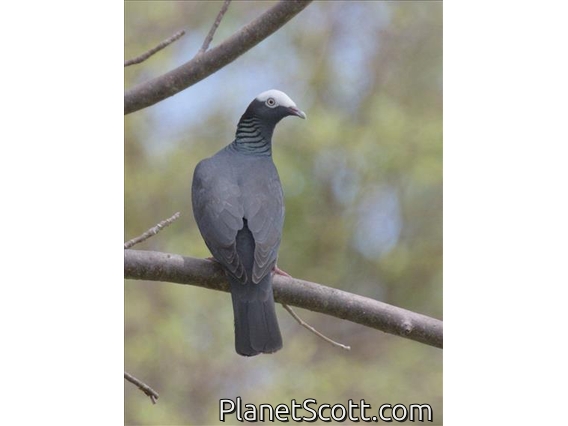White-crowned Pigeon (Patagioenas leucocephala)

White-crowned Pigeon (Patagioenas leucocephala)
×


White-crowned Pigeon (Patagioenas leucocephala)
About White-crowned Pigeon (Patagioenas leucocephala)
- Kingdom: Animals
- Phylum: Chordates
- Class: Birds
- Order: Doves and Pigeons
- Family: Pigeons and Doves
The white-crowned pigeon is a fruit and seed-eating species of bird in the dove and pigeon family Columbidae. It is found primarily in the Caribbean.
Source: Wikipedia
Lifelists
Visits
-
2009-01-14
Cozumel, Mexico -
2009-02-12
Corn Islands, NicaraguaVery wary of people here, I was told that a recent BB Gun ban saved them from extinction on the island. -
-
-
-
-




